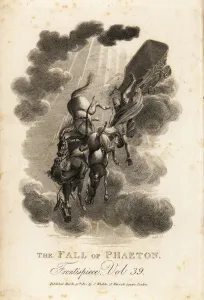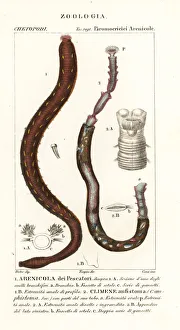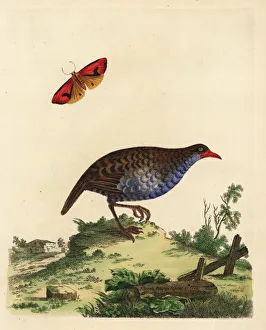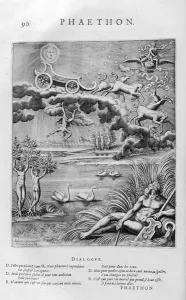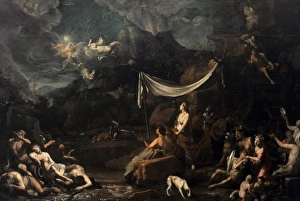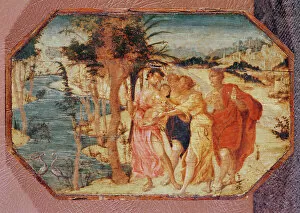Clymene Collection
"Clymene: A Mythical Journey through Art and Nature" Embark on a captivating journey as we delve into the intriguing world of Clymene, an Oceanid from Greek mythology
All Professionally Made to Order for Quick Shipping
"Clymene: A Mythical Journey through Art and Nature" Embark on a captivating journey as we delve into the intriguing world of Clymene, an Oceanid from Greek mythology. In an allegorical illustration of Phaethon's fateful adventure, we witness him plummeting from the sky while driving the Sun Chariot – a cautionary tale of recklessness and its consequences. As we explore further, fossils of extinct sea urchins transport us back in time, reminding us of the ever-changing nature of our planet. Alongside them, Arenicola marina and Clymene amphistoma emerge as fascinating marine creatures that have stood the test of time. Artistic interpretations come to life with "The Sisters of Phaethon, " an exquisite oil painting on slate capturing their ethereal beauty. Meanwhile, butterflies like the two-tailed pasha and Cramers eighty-eight flutter gracefully amidst vibrant flora, showcasing nature's delicate balance. Intriguing encounters continue with sightings of African rail and clymene moth – both elusive creatures that captivate observers with their unique characteristics. These natural wonders intertwine seamlessly with human imagination throughout history. Phaethon's mythological tale echoes through centuries in various artistic forms such as engravings like "Phaethon" (1615) or Johann Heiss' evocative masterpiece "Phaeton's Fall" (1678). Artists strive to capture his tragic downfall while igniting our own reflections on ambition and hubris. Apollo Clymene emerges as another embodiment within this rich tapestry; he embodies power intertwined with divine lineage. Paintings like "Legend of Phaeton" by Hendrick Goltzius and Franco Estius depict Clymene pointing her son towards his father - a poignant moment filled with anticipation and trepidation.

